How to Use Self-Drilling Rock Bolts in Foundation Reinforcement?
Time:2025-08-09From:sinorock View:
Self-drilling rock bolts have become a cornerstone in modern foundation reinforcement due to their efficiency, versatility, and ability to handle challenging geological conditions. These innovative anchoring systems combine drilling, grouting, and anchoring into a single process, making them ideal for stabilizing foundations in construction projects. Whether reinforcing a building foundation or securing infrastructure in unstable ground, self-drilling rock bolts offer a reliable solution.
What Are Self-Drilling Rock Bolts?
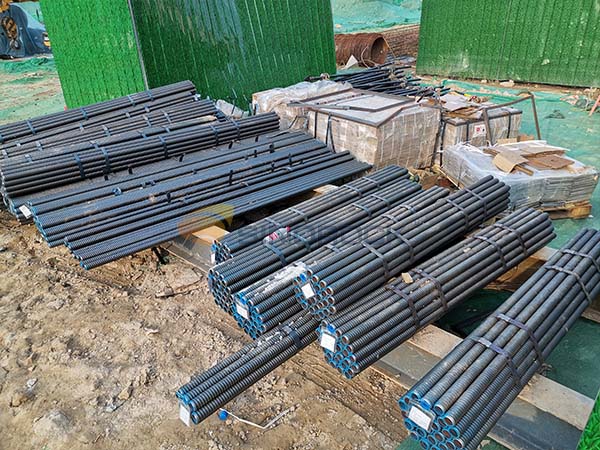
Self-drilling rock bolts are advanced anchoring systems designed to simplify the installation process in unstable or fractured ground. Unlike traditional rock bolts, which require separate drilling and anchoring steps, self-drilling rock bolts integrate a hollow steel bar with a drill bit at the end. This allows simultaneous drilling and anchoring, followed by grout injection through the hollow core to enhance stability. The system typically consists of:
• Hollow Anchor Bar: Acts as both the drill rod and the Anchor bar.
• Drill Bit: Penetrates various ground conditions, from soft soil to hard rock.
• Coupler and Nut: Secures the bolt and transfers load to the foundation.
These components make self-drilling rock bolts highly adaptable for foundation reinforcement in diverse geological environments.
Why Use Self-Drilling Rock Bolts for Foundation Reinforcement?
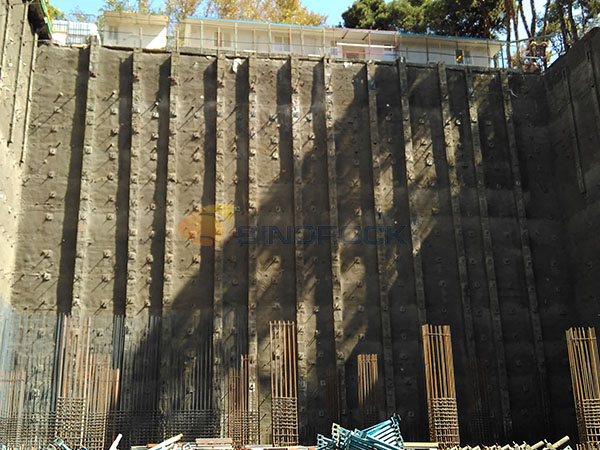
Self-drilling rock bolts are preferred in foundation reinforcement for several reasons:
1. Time Efficiency: The integrated drilling and anchoring process reduces installation time significantly compared to traditional methods.
2. Versatility: Suitable for a wide range of ground conditions, including loose soil, fractured rock, and mixed strata.
3. Cost-Effectiveness: Fewer steps and less equipment translate to lower labor and material costs.
4. Enhanced Stability: The grout injection ensures a strong bond with the surrounding ground, improving load-bearing capacity.
These advantages make self-drilling rock bolts a go-to solution for foundation reinforcement in projects ranging from residential buildings to large-scale infrastructure.
Applications of Self-Drilling Rock Bolts in Foundation and Ground Engineering

Self-drilling rock bolts are employed in various forms within foundation and ground engineering, specifically targeting the stabilization and reinforcement of structural foundations. Their design enables efficient load transfer and ground stabilization, making them suitable for both temporary and permanent foundation applications. Below are the primary application forms:
• Deep Foundation Support: Self-drilling rock bolts anchor deep foundations for structures like high-rise buildings, bridges, or industrial facilities in areas with weak or variable soil layers. They transfer loads to deeper, more stable strata, ensuring the foundation can support heavy structural loads.
• Pile Foundation Enhancement: These rock bolts are used to reinforce pile foundations, particularly in soft or loose soils, by providing additional tensile and shear resistance, improving the overall load-bearing capacity of the pile system.
• Micropile Integration: Self-drilling rock bolts can function as micropiles, combining anchoring and load-bearing capabilities to support foundations in confined spaces or areas with restricted access, such as urban retrofitting projects.
• Seismic Retrofitting of Foundations: In seismically active regions, self-drilling rock bolts are used to retrofit existing foundations, enhancing their resistance to dynamic loads, ensuring long-term structural stability.
• Ground Improvement for Shallow Foundations: In cases where shallow foundations encounter weak or compressible soils, self-drilling rock bolts are used to anchor the foundation to deeper, competent layers, reducing settlement risks.
Each application use rock bolts ability to penetrate challenging ground conditions and provide immediate load-bearing capacity through simultaneous drilling and grouting, directly addressing foundation and ground engineering challenges.
How to Use Self-Drilling Rock Bolts
To ensure successful installation and optimal performance, follow these steps when using self-drilling rock bolts for foundation reinforcement:
1. Site Assessment and Planning
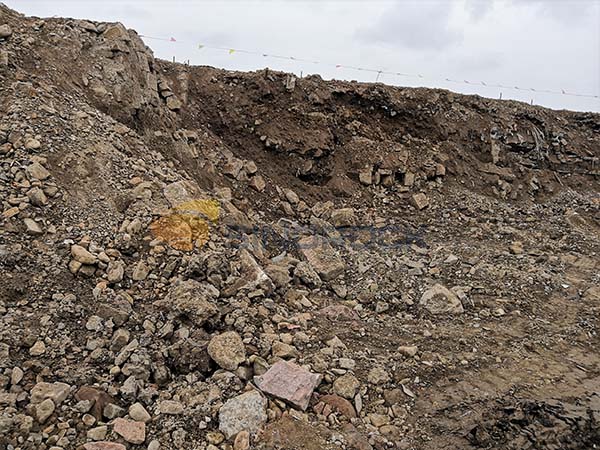
Before installation, conduct a thorough geotechnical survey to understand the soil and rock conditions. Key factors to assess include:
• Soil/rock type and strength.
• Groundwater presence and flow.
• Load requirements for the foundation.
• Environmental conditions.
Based on the survey, select the appropriate rock bolt diameter, length, and drill bit type. Common diameters range from 25 mm to 76 mm, with lengths varying from 1 to 6 meters, depending on the project requirements.
2. Equipment Preparation
Ensure you have the necessary equipment, including:
• A hydraulic drilling rig compatible with self-drilling rock bolts.
• Self-drilling rock bolts with appropriate drill bits (e.g., cross or button bits).
• Grouting pump and mixer for cementitious grout.
• Safety gear, including helmets, gloves, and protective eyewear.
Verify that all equipment is in good working condition to avoid delays or safety hazards during installation.
3. Drilling and Installation
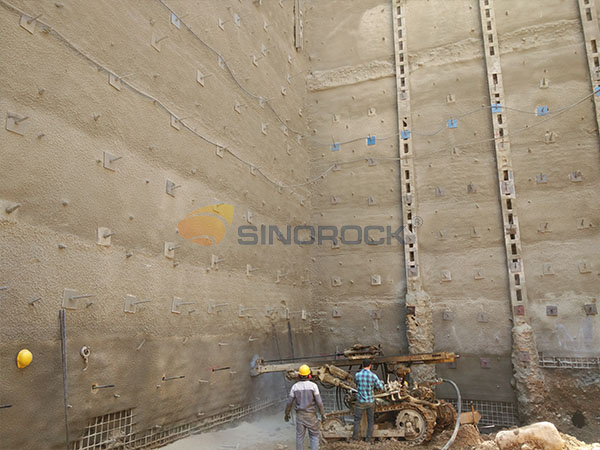
The installation process involves the following steps:
• Position the Drilling Rig: Align the rig at the designated anchor point, ensuring the correct angle and depth as per the design specifications.
• Drill with the Self-Drilling Rock Bolt: Attach the self-drilling rock bolt to the rig and begin drilling. The hollow anchor bar serves as the drill rod, and the drill bit cuts through the ground. Maintain steady pressure and rotation to achieve the desired depth.
• Monitor Drilling Parameters: Track torque, rotation speed, and penetration rate to ensure the rock bolt is installed correctly and to avoid over-drilling.
4. Grouting
Once the rock bolt reaches the target depth:
• Inject Grout: Connect the grouting pump to the hollow anchor bar and inject cementitious grout under controlled pressure. The grout flows through the hollow core and fills the surrounding annulus, bonding the rock bolt to the ground.
• Ensure Proper Grouting: Monitor grout consistency and volume to achieve full coverage. Typically, a water-cement ratio of 0.4 to 0.5 is used for optimal strength.
5. Securing and Testing
After grouting:
• Install Couplers and Nuts: Secure the rock bolt with a coupler and nut to transfer the load to the foundation structure.
• Cure the Grout: Allow the grout to cure for the recommended time (usually 24-48 hours, depending on the grout type and environmental conditions).
• Test the Anchor: Perform pull-out or load tests to verify rock bolt capacity to withstand the design load. This ensures the foundation’s stability and safety.
Case Study: Sinorock Foundation Support Project in Iran
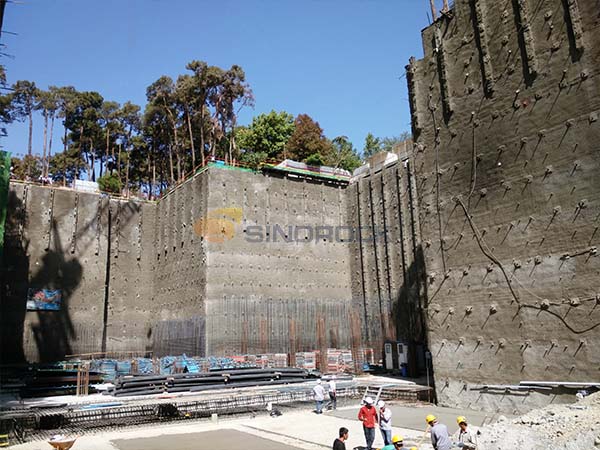
Sinorock R32 self-drilling anchor bolt system is adopted in this foundation support project in Tehran, Iran. The depth of this foundation pit is approximately 20m. Self-drilling anchor bolts are installed using a method that involves drilling and grouting simultaneously. During drilling, grouting also serves to flush out debris from the drill hole, which helps to ensure the final anchoring effect.
Conclusion
Self-drilling rock bolts offering a fast, reliable, and cost-effective solution for stabilizing structures in challenging ground conditions. By following the steps outlined above and learning from successful case studies, contractors and engineers can ensure safe and durable foundation systems. For professionals in construction industry, adopting self-drilling rock bolts can streamline projects and enhance structural integrity, making them a valuable tool in modern foundation engineering.
latest news
-
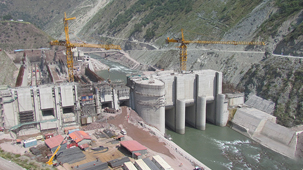
- What Are the Applications of SDA Bolts in Hydropower Stations?
- Time:2025-08-21From:This Site
- Learn how self-drilling anchor bolts enhance slope stability, tunnel support, and dam reinforcement in complex geological conditions at hydropower stations. Optimize hydropower projects with efficient, cost-effective, and eco-friendly solutions.
- View details
-
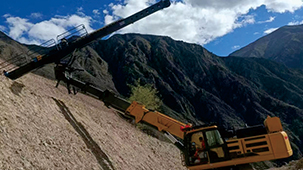
- Slope Stabilization with SDA Bolts: Benefits & Applications
- Time:2025-08-19From:This Site
- Discover how self-drilling anchor bolts (SDA bolts) provide superior slope stabilization for highways, railways, and tunnels. Learn their key benefits, installation process, and real-world applications in loose or collapsible soils.
- View details
-
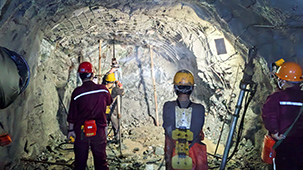
- How Self-Drilling Rock Bolts Enhance Tunnel Support in Fractured Rock?
- Time:2025-08-15From:This Site
- Discover how self-drilling rock bolts enhance tunnel support in fractured rock. Learn their benefits, installation steps, and real-world applications for safe, efficient tunneling.
- View details
-

- Sinorock 2025 Quality Month | Strengthening Quality Foundations, Empowering Product Excellence
- Time:2025-08-13From:This Site
- Sinorock’s 2025 Quality Month, themed “Strengthening Quality Foundations, Empowering Product Excellence,” successfully concluded, reinforcing our commitment to superior product quality.
- View details
-

- Sinorock Safety Month 2025 | Everyone Speaks Safety, Everyone Can Respond
- Time:2025-07-03From:This Site
- Sinorock Safety Month 2025, centered on the theme "Everyone Speaks Safety, Everyone Can Respond - Spot Workplace Hazards," has wrapped up successfully!
- View details
-
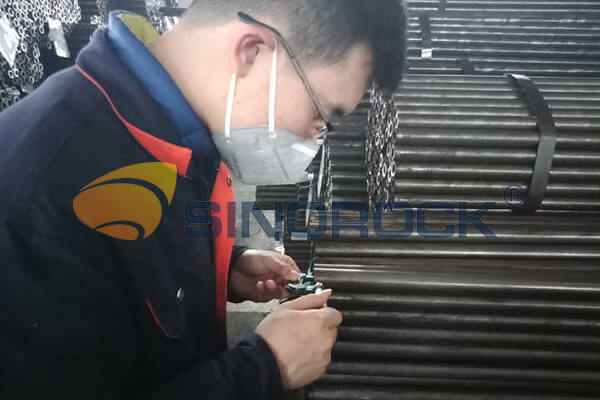
- Quality Control: the Vital Factor of A SDA Bolt Factory
- Time:2025-01-09From:This Site
- Sinorock’s comprehensive quality control system, from supplier management to outgoing inspections, ensuring the highest standards for self-drilling anchor bolts in construction.
- View details
-

- Sinorock Invites You to Explore Proven Self-Drilling Anchor Bolt Solutions at bauma 2025
- Time:2025-03-07From:This Site
- From April 7–13, 2025, explore Sinorock’s Self-drilling anchor bolt solution at Booth C2.513/4 in Hall C2 of the Messe München Exhibition Center (Munich, Germany).
- View details
-
.jpg)
- SINOROCK to Attend EXPOMINA PERÚ 2024 in Lima, Peru
- Time:2024-08-10From:This Site
- Sinorock to Attend EXPOMINA PERÚ 2024 in Lima, Peru
- View details
-
.jpg)
- SINOROCK to Participate in MINING AND METALS CENTRAL ASIA 2024
- Time:2024-08-08From:This Site
- SINOROCK to Participate in MINING AND METALS CENTRAL ASIA 2024
- View details
 Download
Download 


